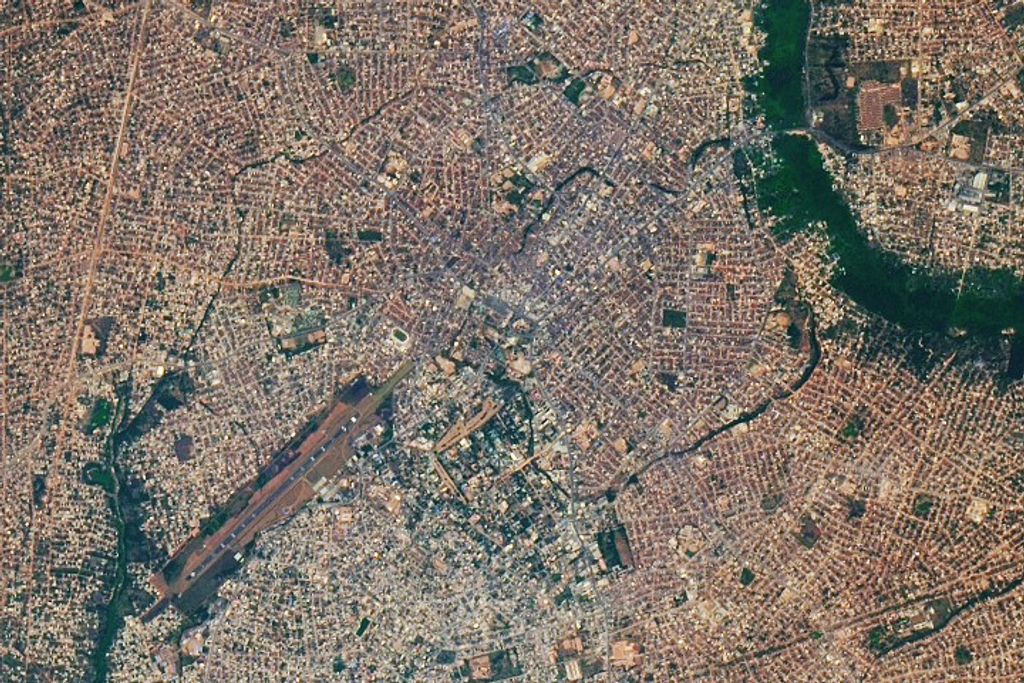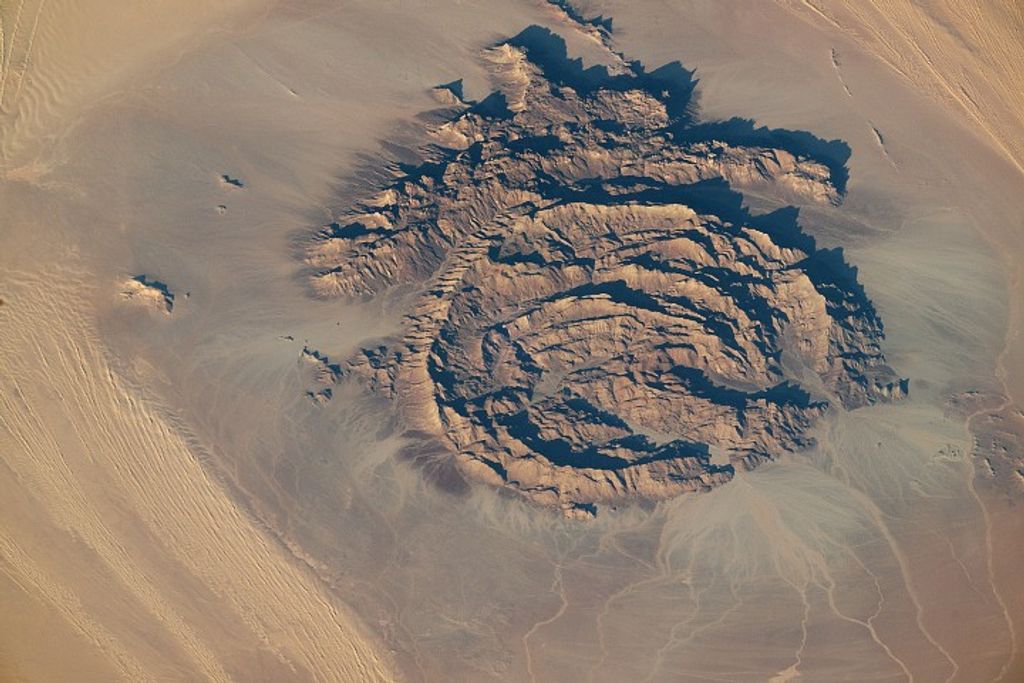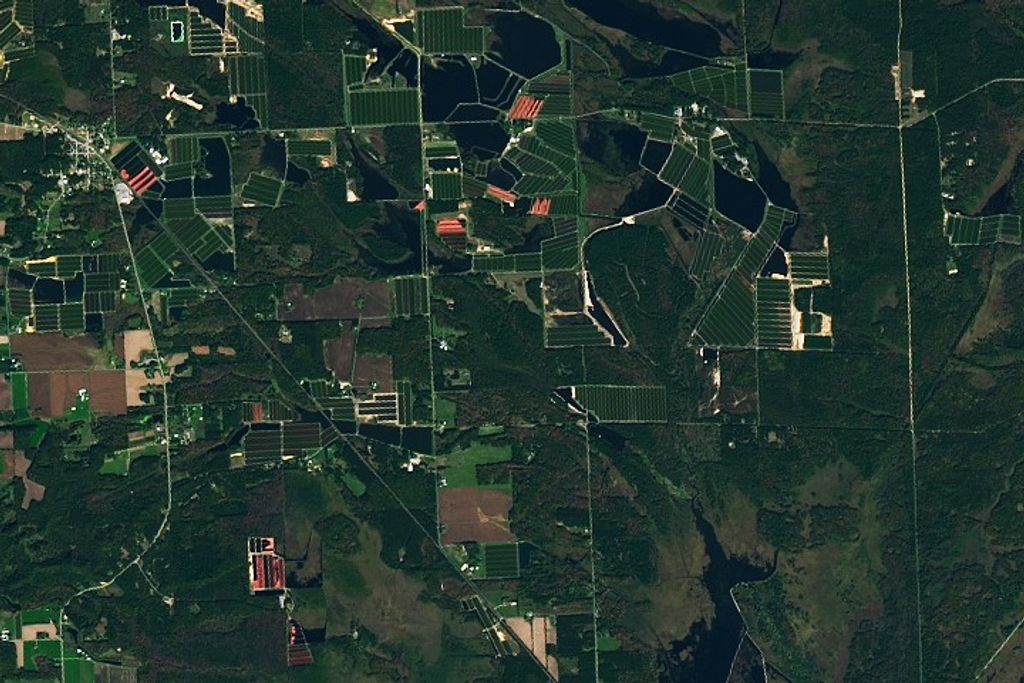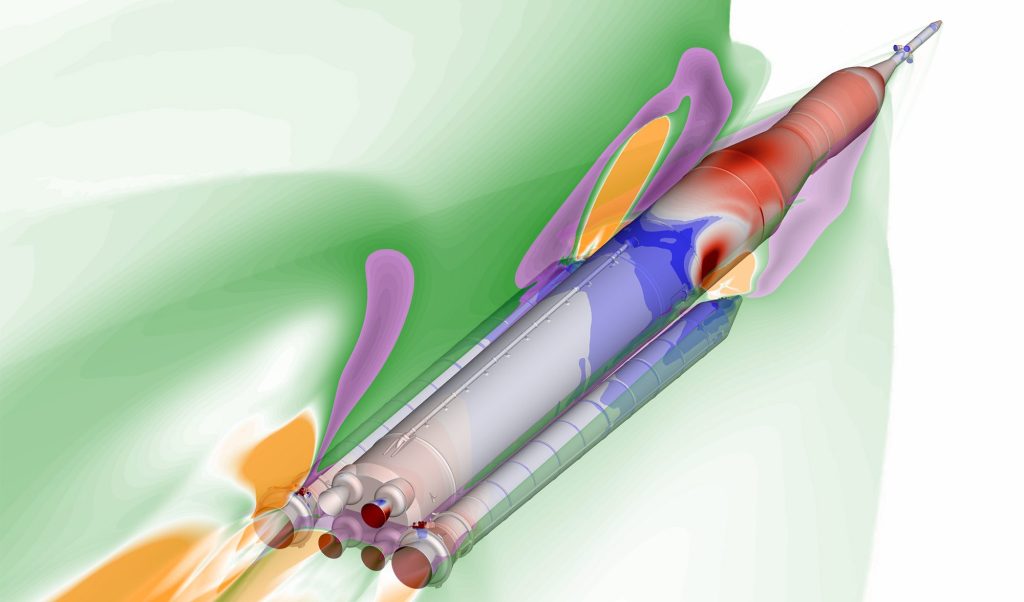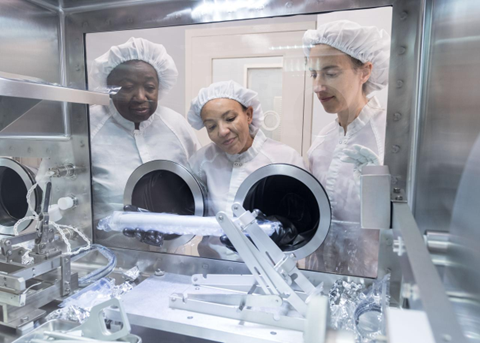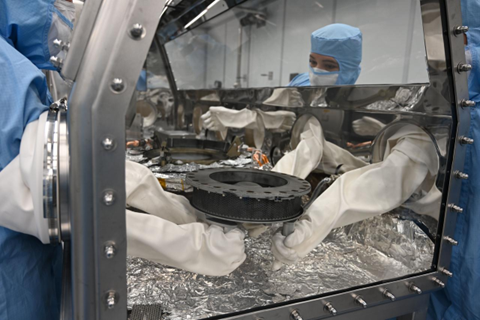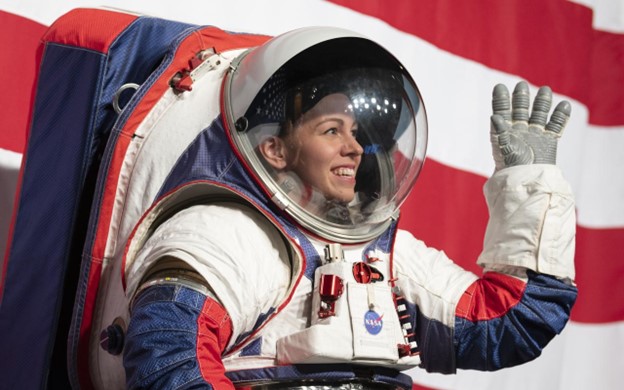Planetary Research & Astromaterials
The Astromaterials Curation and Research experts at Johnson Space Center (JSC) merge scientific and engineering expertise to propel advancements in our understanding of potential exploration destinations. With a rich history rooted in the Apollo era, JSC houses NASA’s premier curation team, overseeing the largest and most comprehensive collection of extraterrestrial samples globally. The division’s influence spans planetary research, with a state-of-the-art laboratory suite serving as a national resource for scientists across the globe. We are key contributors to exploration missions, offering planetary expertise in mission objectives, spacecraft designs, and applied science services.
Astromaterials Curation
NASA JSC provides astromaterials curation for extraterrestrial samples from the moon, Mars, and other planetary bodies. The Astromaterials Research & Exploration Science Division (ARES) is NASA’s curation team, originating with the care, analysis, and lunar expertise for Apollo and NASA’s first astromaterials sample collection. We now curate the largest and most comprehensive collection of extraterrestrial samples in the world, with materials from the moon, Mars, the sun, asteroids, comets, other stars, and space-exposed hardware. We develop technologies and techniques to curate and study samples from challenging destinations, including organic-rich asteroids, icy worlds and comets, and Mars.
Read more here: https://astromaterials.jsc.nasa.gov/
Virtual Astromaterials Collections
The Astromaterials 3D Website & Explorer Application is an award-winning project created by an interdisciplinary team at the NASA JSC Astromaterials and Exploration Science Division (ARES) that brings together expertise across the fields of art, astromaterials curation, data curation, geoscience, heritage conservation practices, imaging science, interactive design, photogrammetry, professional photography, software engineering, and X-ray computed tomography.
The project aims to make NASA’s collections of space rocks more accessible to researchers and the public. The project was the first of its kind to manually capture High-Resolution Precision Photography (HRPP) every 15-degrees of the samples’ surface to produce research-grade photogrammetric 3D models of the exterior and then integrate this data with X-ray computed tomography (XCT) image data of the rock’s interior. The result is a robust and detailed 3D model that puts these remarkable samples from space in the hands of researchers and the public, virtually. These models are served on a custom browser-based software, housed in an interactive online platform that includes multiple features to provide detailed insight into each rock’s composition, unique origins, and scientific contributions. The result is a virtual library with information-rich visualization tools that allow researchers and the general public to explore NASA’s Astromaterials Collections. Currently, Astromaterials 3D includes selected samples from the Apollo Lunar and Antarctic Meteorite Collections, with samples from the recent OSIRIS-REx and Hayabusa 2 Missions, and upcoming Artemis Mission to be added in the future. To explore Astromaterials 3D, please visit: https://ares.jsc.nasa.gov/astromaterials3d/
Additional information can be found here:
https://www.nasa.gov/general/rocks-from-other-worlds-now-virtually-available/
https://ares.jsc.nasa.gov/astromaterials3d/about-astromaterials-3d.htm
http://ares.jsc.nasa.gov/astromaterials3d/project-technology.htm
http://ares.jsc.nasa.gov/astromaterials3d/publications.htm
Exploration Mission Science
NASA JSC Astromaterials and Exploration Science Division (ARES) constructs and operates spacecraft, instrumentation, and sensors as team members of various missions. ARES is also the NASA lead for orbital debris environment definition and micrometeoroid and orbital debris (MMOD) impact risk assessments, mitigation, and protection.
We provide planetary expertise in the definition of mission objectives, spacecraft designs, suit and tool designs and operating protocols. We provide applied science services to missions, including remote sensing, imagery science and analysis, orbital debris environment predictions, spacecraft debris risk assessments and spacecraft shielding. Our unique integrated team of scientists and engineers also provide mission enabling services. We are NASA’s designated team for characterizing the orbital debris environment through measurements (radar, telescope, in-situ, and laboratory), modeling, and mitigation policy development. We use our orbital debris environmental knowledge to estimate risk to human spaceflight and robotic missions and to guide vehicle design to mitigate risk, taking advantage of our in-house development of hypervelocity impact shielding technology.
Read more here: https://ares.jsc.nasa.gov/research/
Science Support
NASA JSC Astromaterials and Exploration Research Division (ARES) pioneered science operations for human missions through support to the Apollo missions, which has been leveraged to all subsequent crewed missions, including International Space Station (ISS) missions, Orion missions, commercial crewed missions, and planned Artemis and Gateway missions.
The Astromaterials and Exploration Science Division (ARES) leads the acquisition of Earth imagery by astronauts. We participate in Mars mission teams, including the Curiosity, Opportunity, and Perseverance rovers. We also integrate into science teams for asteroid missions including Origin’s Spectral Interpretation Resource Identification Security Regolith Explorer (OSIRIS-REx) and Hayabusa2. We lead the geology training of crew for Artemis missions; develop data products for assessment of potential lunar landing sites and surface traverse planning; develop visualization and operational software for crewed mission support; develop engineering and science imagery requirements for current and planned lunar and cis-lunar spacecraft, vehicles, and crew suits; and lead science and sample return planning for lunar landers, rovers, and crew EVAs. We support development of sensors and instruments to enhance the scientific return of planetary exploration, leveraging the International Space Station as a proving ground as needed. We perform routine imagery surveys and analysis of the International Space Station and visiting spacecraft for assessment of vehicle health and safety as well as supporting anomaly investigations when needed. ARES also supports TOPO in assessing the risk from breakups to ISS, EVA, Orion and other crewed missions. Additionally we provide technical assessments supporting spaceflight operations with micrometeoroid orbital debris risk assessments (ISS, EVA, Orion, Gateway, etc.) that directly support design and operations for spacecraft. ARES also curates all astromaterials collected by NASA and international partners.
Additional details are available at https://ares.jsc.nasa.gov/
Related Patents
Diamond Maker Technology Simulates Alien Geology in Laboratories
Related Software
Astromaterials 3D Website and Explorer Application
MicroStructPy – A Microstructure Mesh Generator for Heterogeneous Materials







